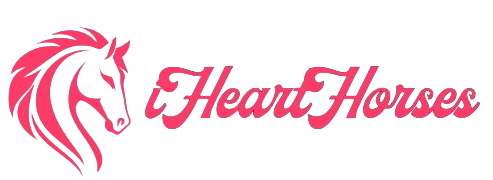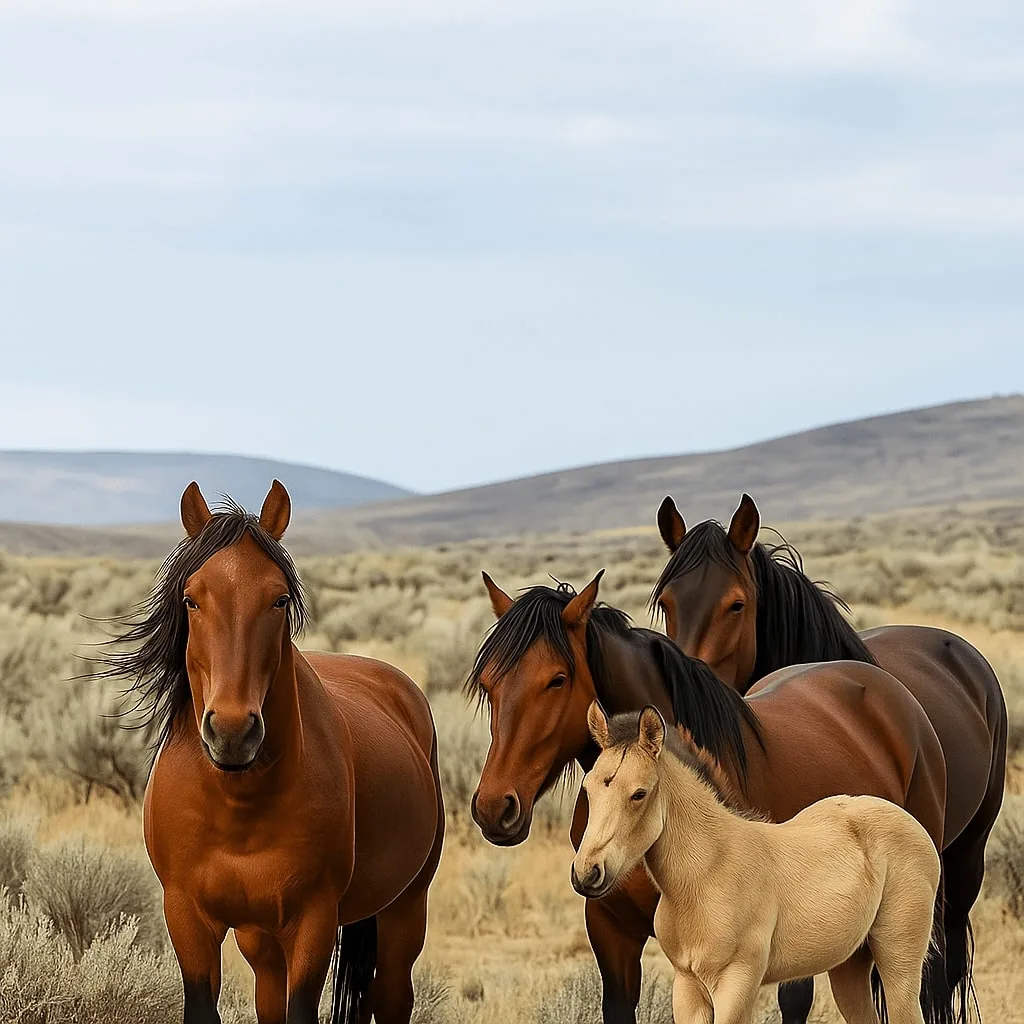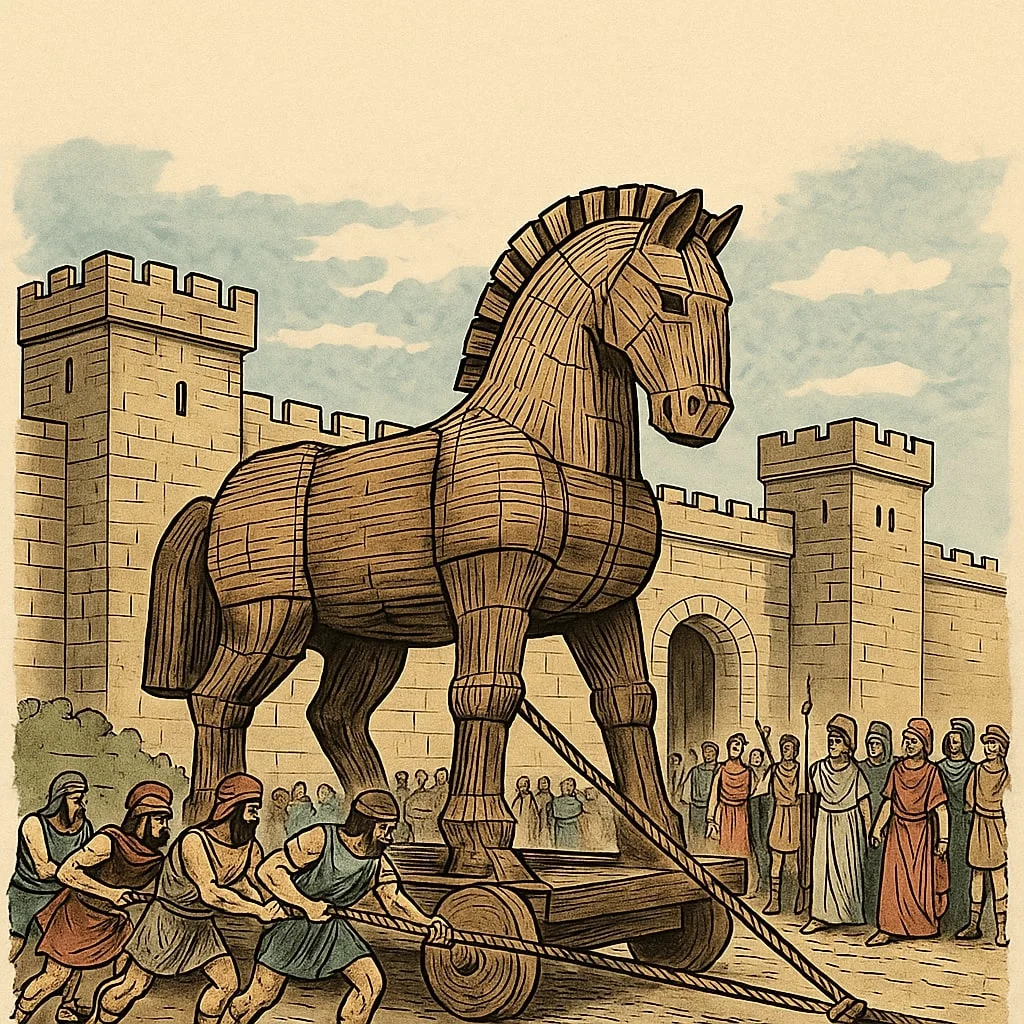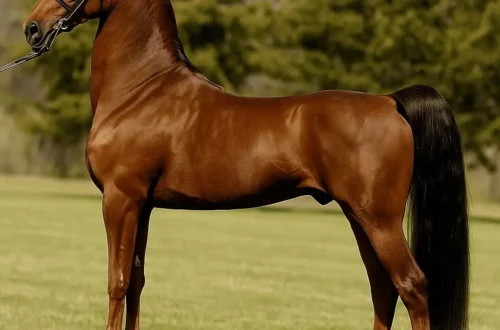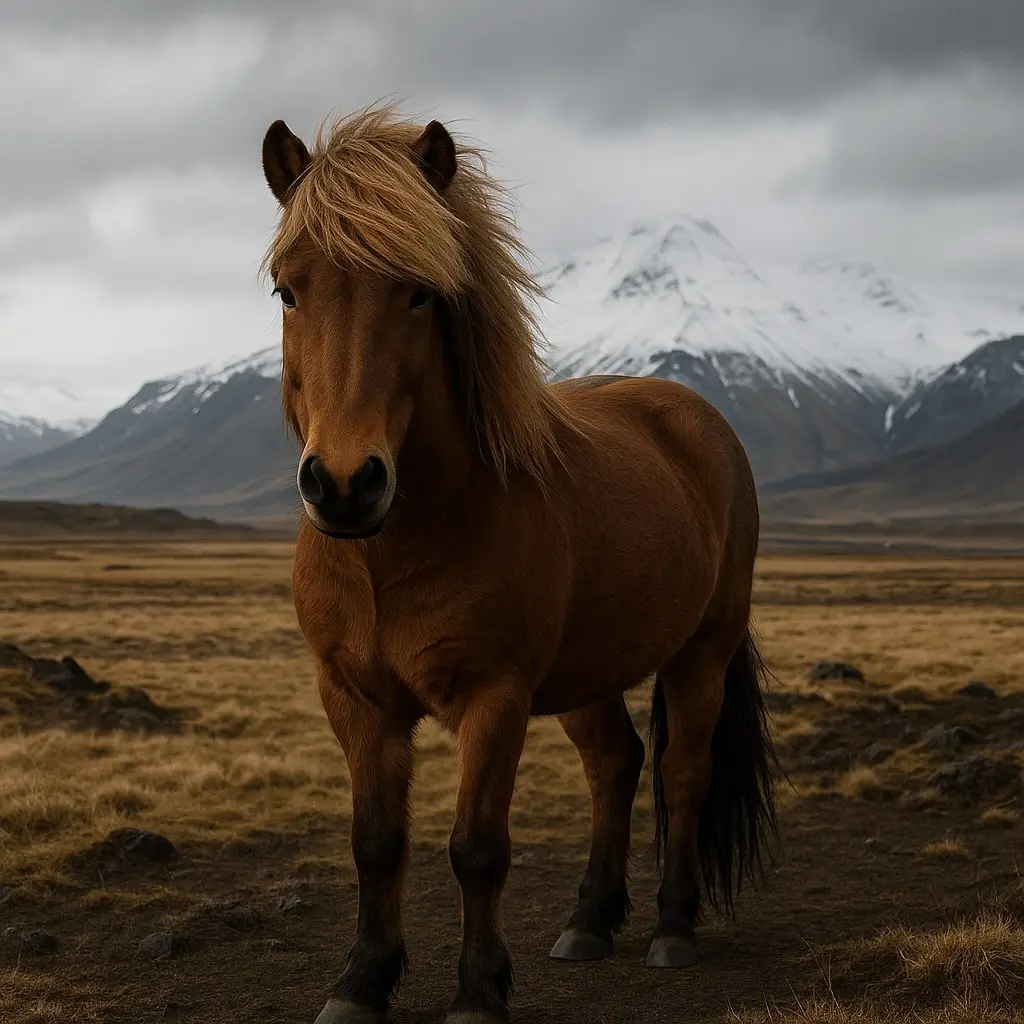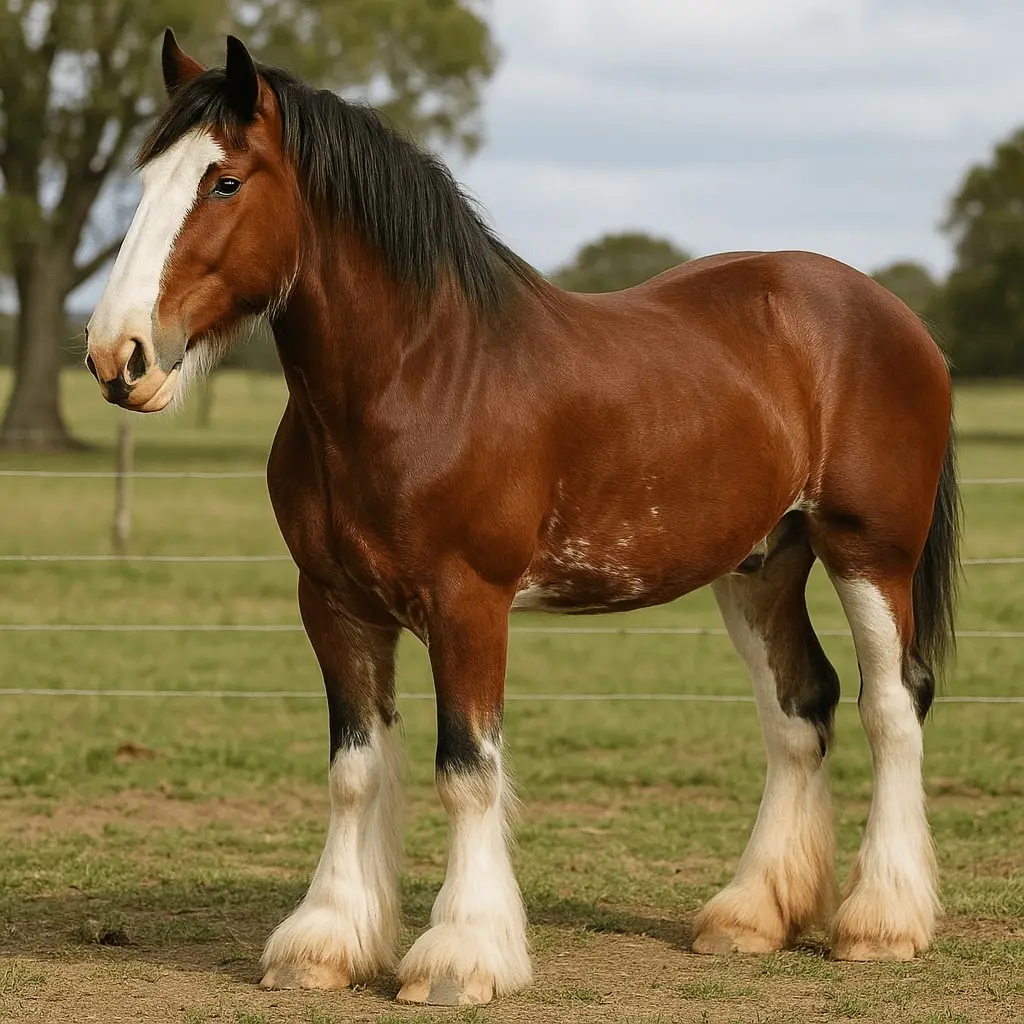Wild horses roam free in nature. They live on grasslands, islands, and deserts. People often tell stories about them. Some ideas about wild horses are myths (not true). Other ideas are true and fun facts. In this post we will learn myths and fun facts about wild horses. Kids and adults alike can enjoy these fun facts about wild horses. Even horse fans at iHeart Horses love learning about wild horses.
In this post, we will see wild horses from many places. We will cover Mustangs in the USA, Przewalski’s horse in Mongolia, Sable Island horses in Canada, Kaimanawa horses in New Zealand, Danube Delta horses in Romania, Kundudo horses in Ethiopia, Namib Desert horses in Namibia, and more. We will share true facts and common myths, all in simple short sentences. Let’s get started with the fun facts about wild horses!
Fun Facts About Wild Horses
Here are some fun facts about wild horses around the world. Wild horses can be found on many continents.
- Mustangs (USA): Mustangs are feral horses that run on the American range. They actually descend from Spanish horses brought by explorers in the 1500s. Mustangs can run very fast – about 25–30 miles per hour. They live in the western United States on 26.9 million acres of land set aside for them. Most mustangs live in groups called herds. A herd usually has one stallion (male) and about eight mares (females) with their foals. A head mare (female) leads the herd and keeps everyone safe. Mustangs come in many colors. They are often bay (reddish-brown) or sorrel (chestnut), but can have patches, spots, and even stripes. An adult mustang stands about 14–15 hands tall (56–60 inches), and can weigh around 800 pounds. Wild mustangs have been known to live up to 36 years, though many live around 20–30 years in nature. In the USA today, there are over 70,000 free-roaming mustangs.
- Przewalski’s horse (Mongolia): Przewalski’s horse is the only truly wild horse alive today. This horse has never been tamed by humans. It lives in Mongolia’s grasslands and mountains. Przewalski’s horses have a thick neck, upright mane, and strong legs. They can run fast and have very good senses (they can smell and hear well). They mainly eat grasses and plants. Long ago, none were left in the wild, but people bred them in zoos and reintroduced them to nature. Now about 1,200 Przewalski’s horses live in the wild and in preserves.
- Sable Island horses (Canada): The Sable Island horse is a small feral horse found only on Sable Island, Nova Scotia, Canada. About 500 of these horses live on the sandy island. They are short and stocky – only about 13–14 hands tall (about 52–56 inches). Sable Island horses are mostly dark in color. They were released on the island centuries ago and now live there with no other predators. They eat grass, seaweed, and whatever plants grow there.
- Kaimanawa horses (New Zealand): New Zealand has its own wild horses called Kaimanawa horses. They run free in remote hill regions. Like many “wild” horses today, Kaimanawa horses descended from domestic horses that escaped long ago. They live in family groups and eat grass.
- Danube Delta horses (Romania): In the Danube Delta of Romania, there are wild horses living in wetlands and forests. These horses roam the grasslands near the river. They may be descendants of horses lost by peoples like Tatars centuries ago. Danube Delta horses are protected today.
- Kundudo horses (Ethiopia): The Kundudo horse is a small wild herd in Ethiopia. These horses live on a mountain plateau in Ethiopia and are critically endangered. There are very few left. They are feral (descended from old domestic horses) but live fully in the wild.
- Namib Desert horses (Namibia): The Namib Desert horse lives in the Namib Desert of Namibia, one of the driest places on earth. Only about 90–150 of these hardy horses exist. They are athletic and usually dark in color. Despite the harsh conditions, they generally stay in good shape.
- Brumbies (Australia): Australia has feral horses known as Brumbies. In fact, Australia has the largest population of wild horses in the world – over 400,000 Brumbies roam Australia’s outback. Brumbies are descended from horses brought by settlers and left to run free.
- Others: Wild or feral horses live on some islands too, like Assateague ponies on the US Atlantic coast, and several horses in places like Portugal (Sorraia and Garrano horses). Europe has wild horses in France (Camargue) and other places, and wild horses also wander in parts of Asia. These examples show that fun facts about wild horses cover many lands around the globe.
Fun Facts About Wild Horses For Kids
Here are some fun facts about wild horses that kids will enjoy.
- Wild horses live in families called herds. Each herd has one stallion (male), several mares (females), and their babies (foals). They all stay together to keep safe.
- Wild horses can run very fast. For example, a Mustang can gallop at 25–30 miles per hour (40–48 km/h). That is faster than a car on a city street! One Mustang was even clocked at 55 mph.
- Wild horses eat plants all day. They mostly eat grass and other plants. In deserts or cold places, they might also nibble leaves or bark when grass is scarce.
- Wild horses have great senses. They can smell and hear from far away. This helps them know if danger is coming. They also have good eyesight.
- Wild horses can sleep standing up. Their legs and special joints let them doze without falling over. (This keeps them ready to run away if they sense a predator.)
- Wild horses come in many colors. A Mustang, for example, might be brown, black, white, or a mix. Some have spots or stripes.
- Baby horses are called foals. A foal can stand and walk just a few hours after it is born. The mother mare looks after the foal and keeps it close to the herd.
- Some wild horses live in dry places or on islands. For example, the Namib Desert horses live in a very hot desert, and the Sable Island horses live on a sandy island. These horses have to find food and water in tough conditions.
- Unlike cartoon myths, horses do not come from giraffes or anything funny. Wild horses are just the same kind of animal as pet horses.
- A horse loves its freedom. These wild horses stay away from people. If you ever see a wild horse, you should give it space. In fact, many wild horses are shy and will run away if you try to approach them. (It is a myth that wild horses want to hurt people – they usually want to avoid humans.)
These are fun and true facts about wild horses for kids. You now know that wild horses live in groups, run fast, and eat lots of grass!
Fun Facts About Wild Horses For Adults
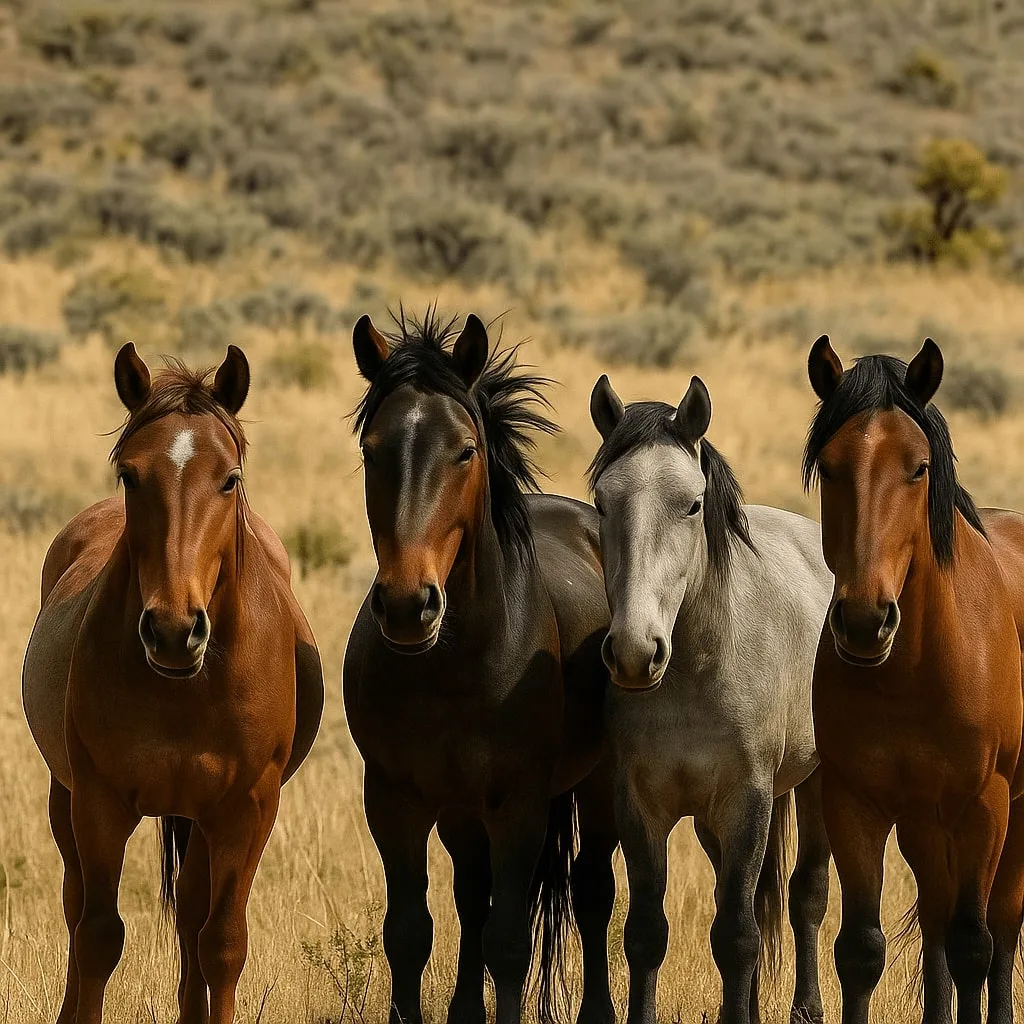
Adults can learn more interesting facts (and myths) about wild horses too.
- Fun fact: Most wild horses today are actually feral horses, not a separate species. A feral horse means it came from domesticated horses. For example, Mustangs came from horses brought by explorers, and Australia’s Brumbies came from European horses. Only the Przewalski’s horse is truly wild (never domesticated).
- Myth vs Fact: A common myth is that Mustangs are native wild horses. In fact, the last wild horses in North America died out about 10,000 years ago. Today’s Mustangs are descended from horses that escaped from farms. So they are called feral horses.
- Fun fact: Horse evolution. Horses (genus Equus) first evolved in North America millions of years ago. They later spread to other continents. So the idea that horses are “foreign” is backwards – horses originally came from here long ago.
- Fun fact: There are many wild horse groups beyond the famous ones. For example, Australia has over 400,000 wild horses (Brumbies), which is the largest wild horse population on Earth. Romania has about 400 Danube Delta horses in the Letea Forest (they are tourists’ favorites now). Portugal has Sorraia and Garrano free-roaming breeds. Even small groups of wild horses exist in places like India’s Dibru-Saikhowa Reserve or Brazil’s Lavradeiros. The world of wild horses is larger than most people think.
- Fun fact: Social structure. Wild horses have the same herd structure everywhere. Each herd has a dominant mare and a stallion. The mare leads the group to good grazing and alerts them to danger. The stallion stays behind to fend off predators. This teamwork is why wild horses are safe.
- Myth vs Fact: Some people think wild horses have no predators and live happily. In reality, wild horses can be prey for large predators if any are nearby. In places where wolves, cougars, or hyenas live, they can hunt horses. But in many wild horse habitats (like islands or protected areas) there are few predators, so horses have to watch out more for weather and food.
- Fun fact: Wild horse numbers. For example, in the U.S., about 70,000 mustangs run free today. One hundred years ago, there were millions more. In 1900 there were ~2 million, but by 1971 only 17,300 remained. Now they are protected by law. This shows wild horse populations can drop quickly if not managed.
- Fun fact: Horse intelligence and behavior. Wild horses are quite smart. They can communicate by body language, whinnies, and snorts. The older mares often teach the foals how to survive. They remember water holes and safe trails. Because of this, herds have survived in tough places (deserts, mountains) for hundreds of years.
- Myth vs Fact: It is not true that wild horses are dirty or spread disease. They actually keep themselves fairly clean by rolling in dust or mud to deter bugs. They live with local plants and animals for a very long time, which means they usually are part of the ecosystem. (Although some argue about their impact, wild horses have coexisted with nature for ages.)
- Fun fact: If you want 100 fun facts about horses, there is even a list of 100 fun facts about horses (domestic and wild) that you can read to learn more horse trivia.
Adults see that wild horses are amazing in history and science. There are myths (like “wild horses came from Siberia by plane”), and facts (like “wild horses today are mostly feral descendants of domestic horses”).
Conclusion
Wild horses are real animals with real stories. We learned that fun facts about wild horses include how fast they run, how they live in herds, and how they survive in deserts and forests. We also learned that some ideas are myths – for example, Mustangs are not native wild horses, but are feral descendants of Spanish horses.
Every continent has wild or feral horses, from the Mustangs of North America to the Przewalski’s horses of Mongolia. They come in many colors and live in many places. Wild horses show us that horse life can be tough but free. They roam, they eat grass and plants, and they care for their foals.
We hope these fun facts about wild horses taught you something new. There are lots more wild horse facts to learn. Horse lovers can explore a list of 100 fun facts about horses for even more information about horses, both wild and domestic. Wild horses remain a symbol of freedom and strength in nature, and they continue to amaze people of all ages.
